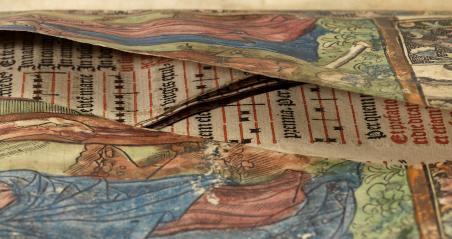
Contributors to Remembering the Reformation
This exhibition is a testament to the fruitfulness of collaborative work—not only among the members of our research team, but between our project and a number of research institutions and their staff.
Before the days of the internet, television and widespread daily newspapers, how did people find out about acts of wrongdoing, or get access to entertaining stories about crimes and criminals? Ephemeral publications known as broadsides and chapbooks were the equivalent of the modern popular press, and the examples in this exhibition were intended both to inform and to entertain two dramatically different audiences from the late eighteenth century to the early twentieth.
Only around one in five Spanish adults was able to read in 1860, whereas in nineteenth-century England some two-thirds of the population was literate. As a result, Spanish chapbooks and aleluyas had dramatic visual content and text that was often in verse, to be easily remembered and shared. The English material frequently told its tales in prose, and the language used suggests an audience that was fairly sophisticated. This exhibition traces the lifecycle of wrongdoing as presented in popular literature, from good and bad behaviour in children, through the consequences of breakdowns in family relationships, to the final retribution for criminals.